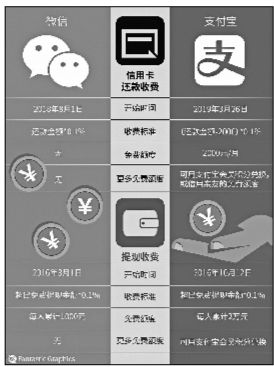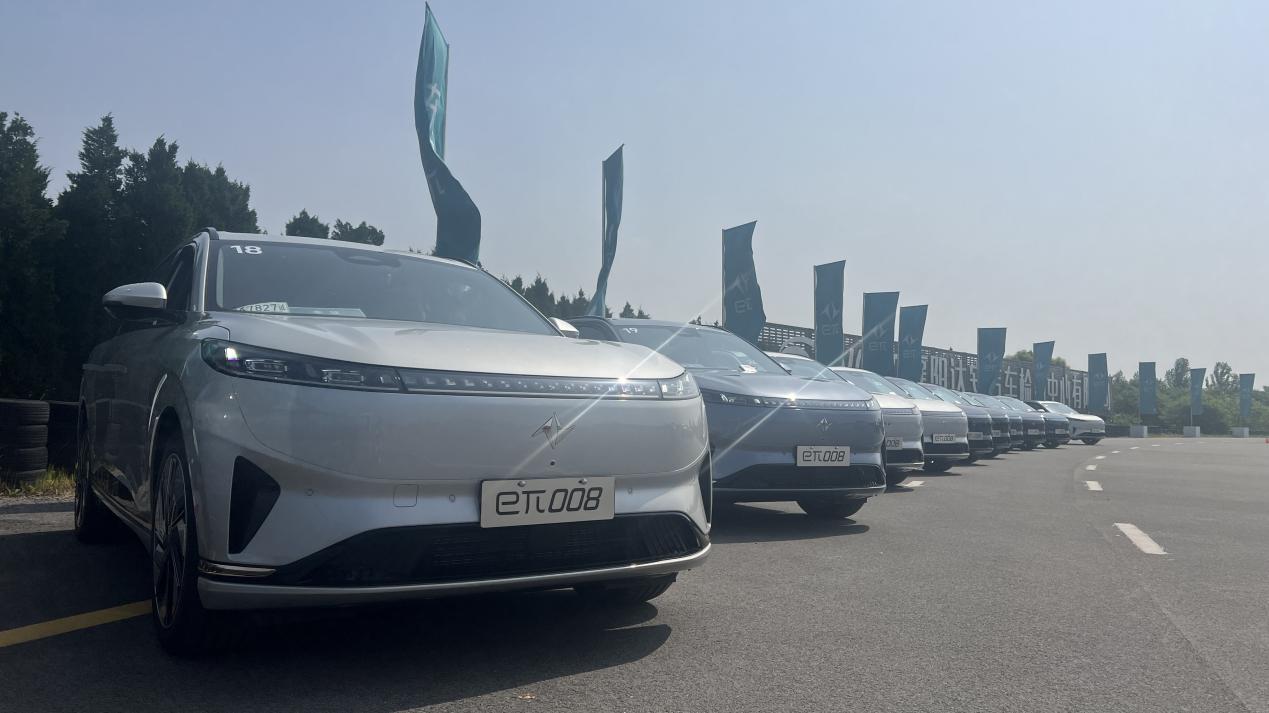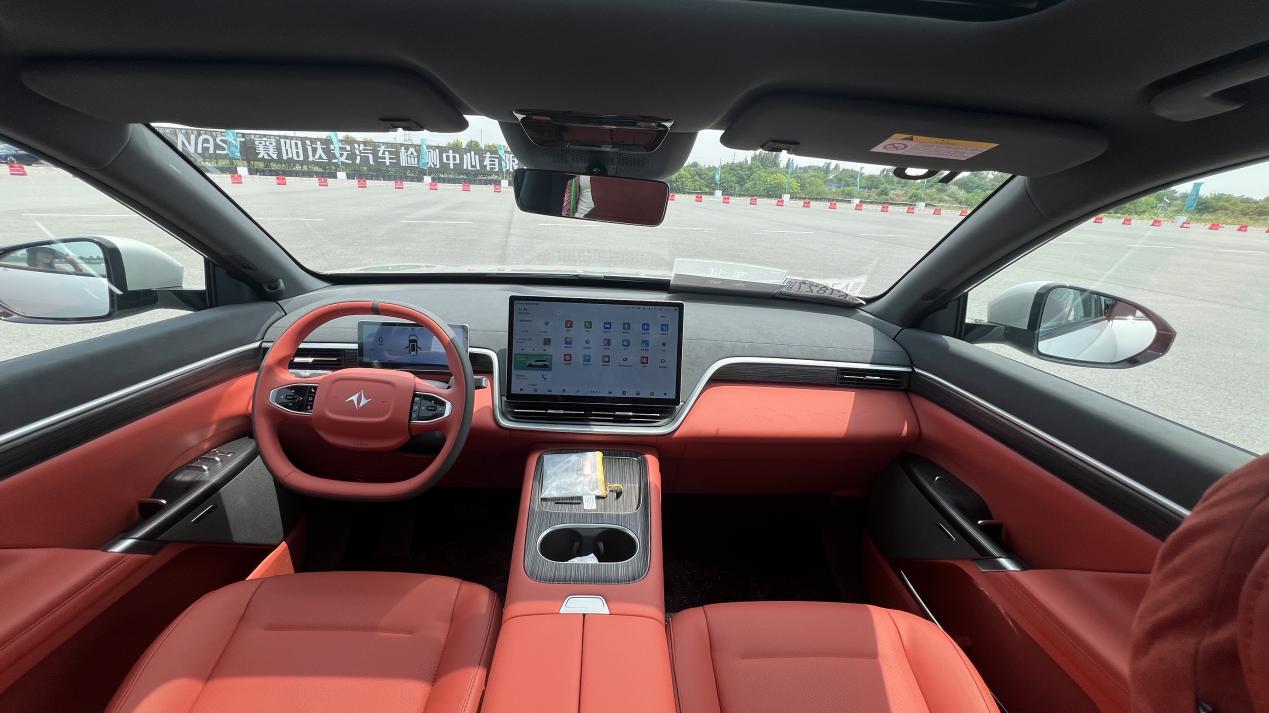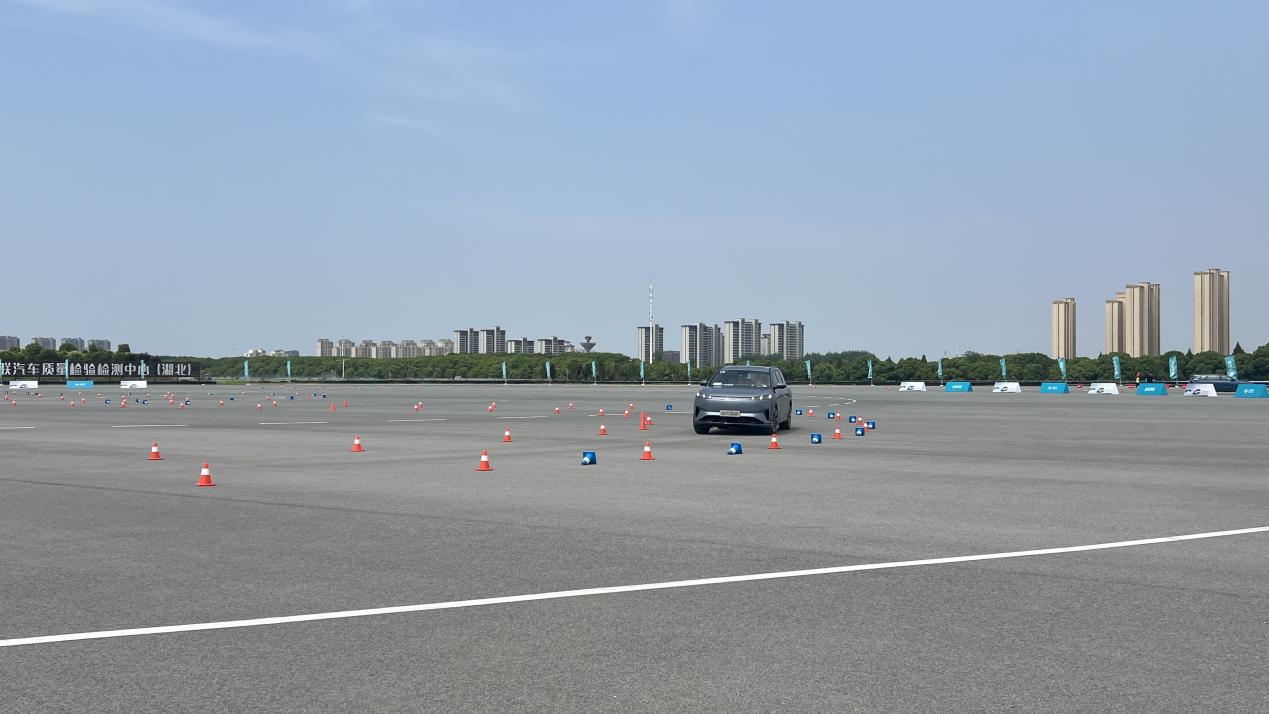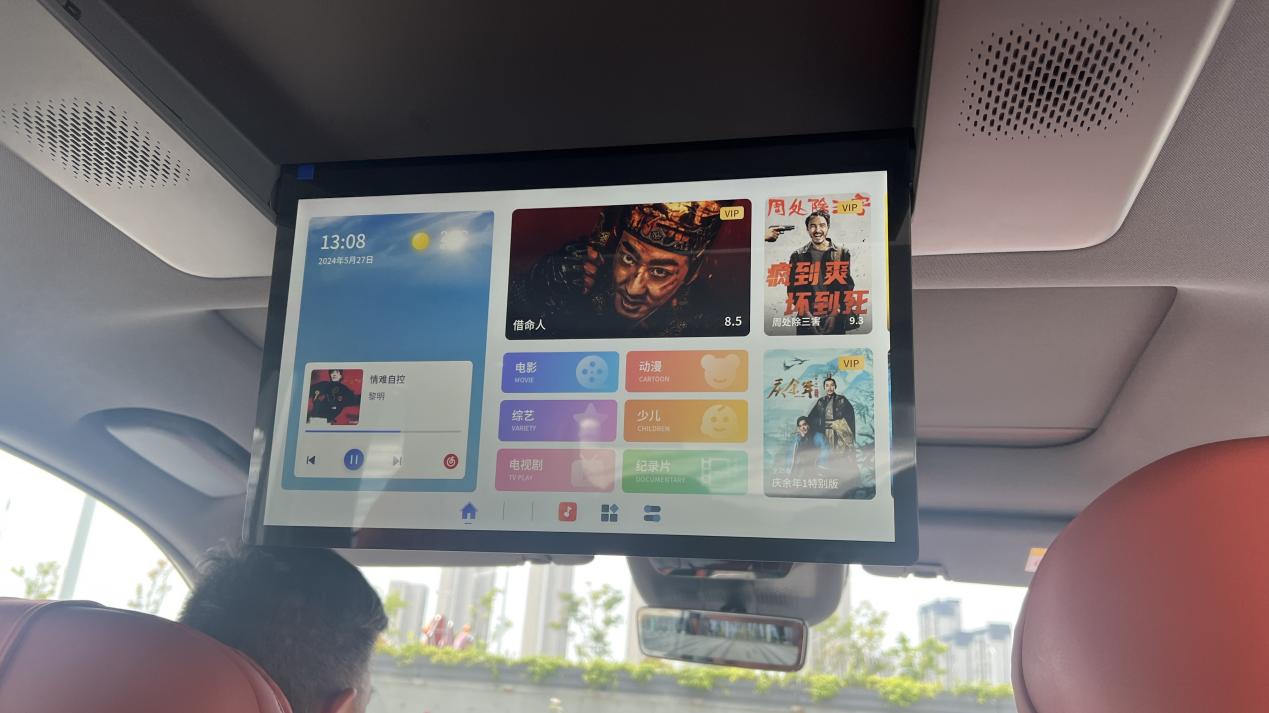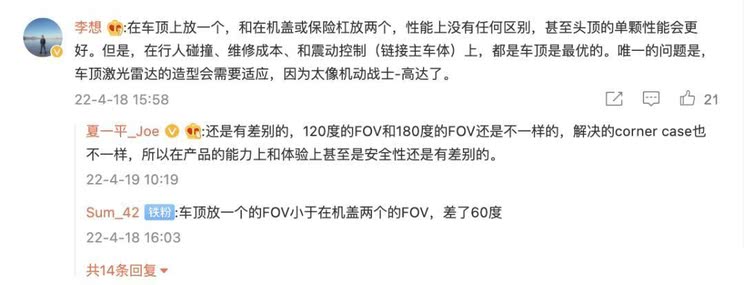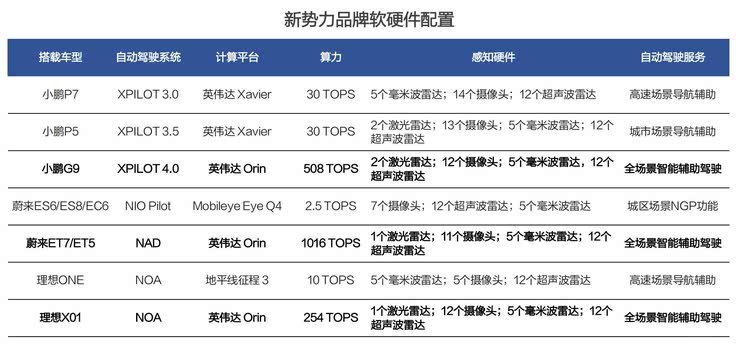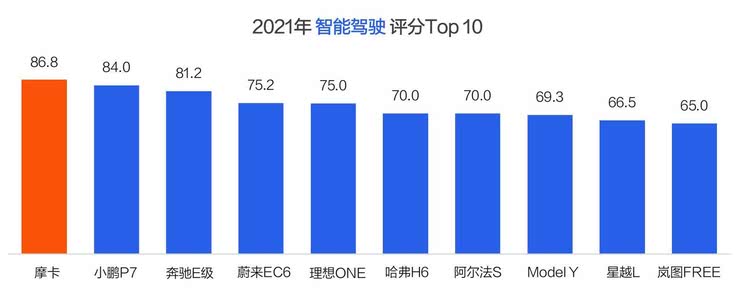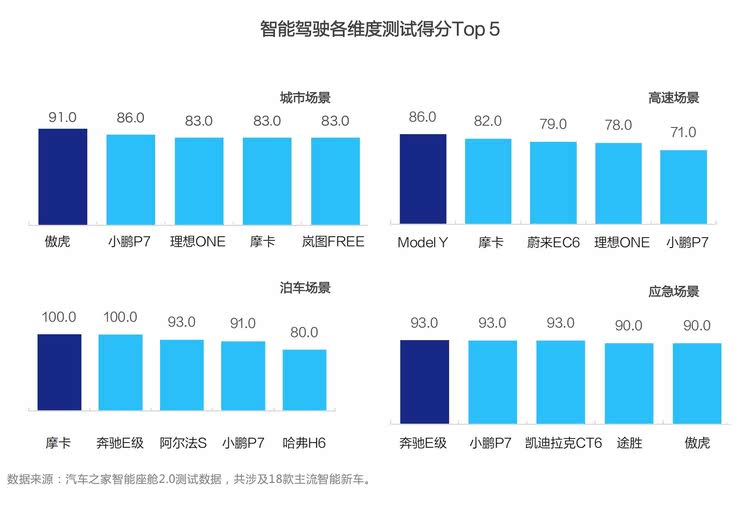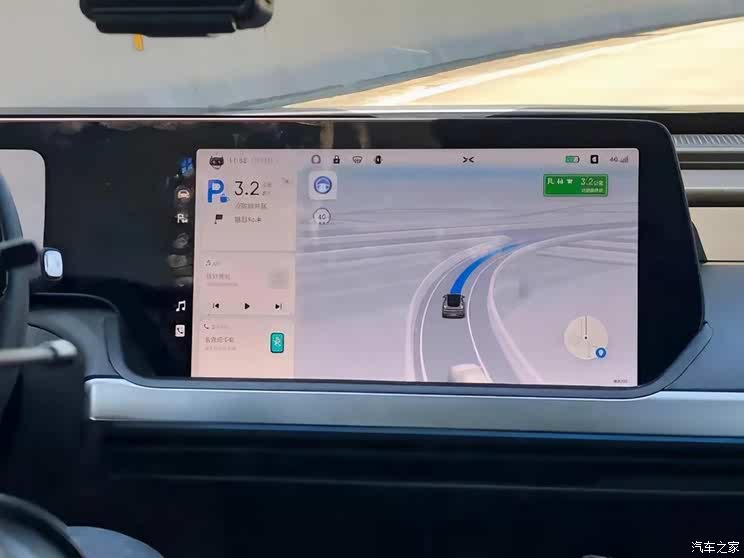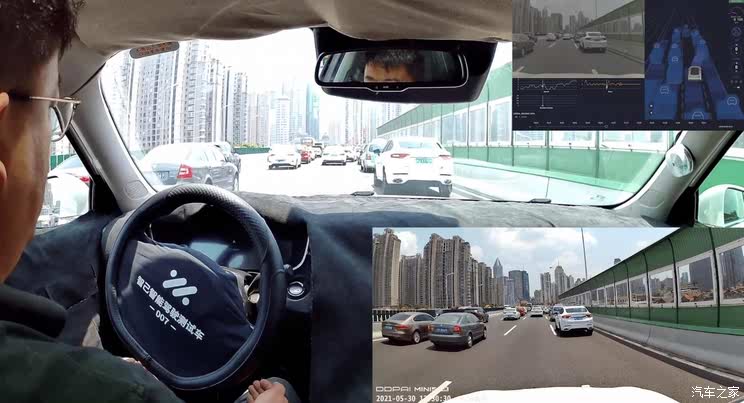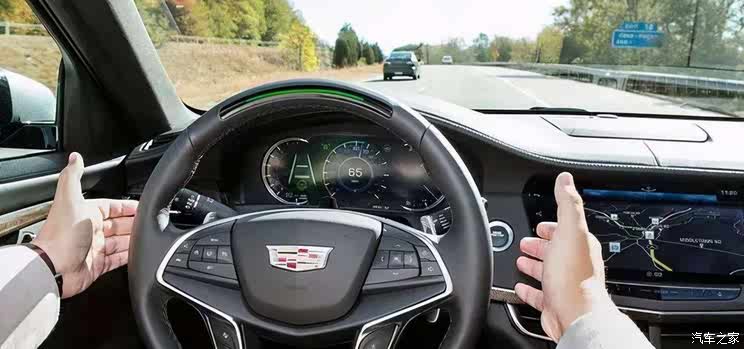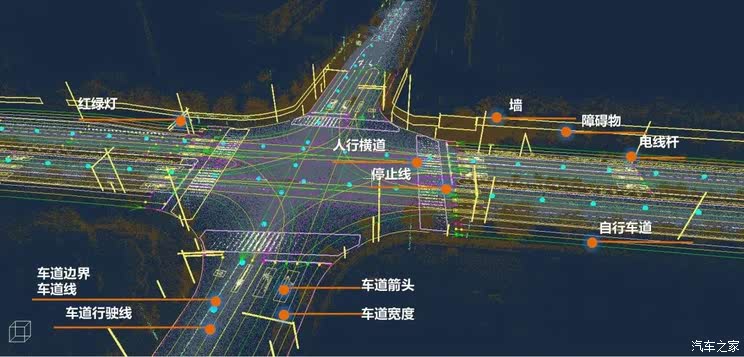The chairman of Guangxi Yicheng Investment Company took bribes of 4.93 million yuan and donated 500,000 yuan to his hometown.

On August 20th, Feng Rong Zhen was sentenced to 12 years’ imprisonment by Fangchenggang Intermediate People’s Court for gambling. @ Guangxi News Network
Fangchenggang, Guangxi Zhuang Autonomous Region, with its back to the southwest and facing Southeast Asia, has experienced rapid economic development and rapid urban construction in recent years with its special geographical advantages along the coast. With the large-scale development of urban construction, corruption has also been quietly bred. Feng Rong Zhen, former chairman and general manager of Fangchenggang Urban Construction Investment Co., Ltd. (hereinafter referred to as Urban Investment Company), embarked on the road of corruption in the process of urban road construction. Feng Rong Zhen’s bribery case, which was investigated and prosecuted by Fangchenggang City Procuratorate, was recently pronounced by the court in the first instance. Feng Rong Zhen was sentenced to 12 years’ imprisonment for accepting bribes of 4.93 million yuan and confiscated 500,000 yuan of personal property.
The road has been transformed into a "road to collect money"
Beibu Gulf Avenue (formerly Xinggang Avenue) in Fangchenggang City is the main road of the city. It comes out of the toll station in Fangchenggang City and directly enters Beibu Gulf Avenue. In order to meet the needs of urban development, in 2010, Fangchenggang Municipal Government decided to completely transform the original Xinggang Avenue to improve the overall taste of the city.
Fangchenggang City Investment Company is a wholly state-owned enterprise invested and established by the municipal government. Its business scope mainly includes: construction investment and management of urban infrastructure projects, comprehensive development of real estate, wholesale and retail of building and decoration materials, nursery stock management and greening project undertaking, etc. It is also the owner of the above-mentioned Xinggang Avenue reconstruction project. Feng Rong Zhen, the chairman and general manager of the company, holds the important decision-making power in the construction, project payment, completion acceptance, project settlement and other aspects of the project, and is of course the object of public relations of many bosses of the project construction party.
In two blocks of road reconstruction project from Yuluoling to Daoshuiao on Xinggang Avenue, a construction engineering company is the contractor, and Ma is the manager of the contractor. Feng Rong Zhen and Ma know each other because of their business ties. In order to get Rong Zhen’s attention, Ma often sends some gifts to bring them closer together.
One night in May 2011, Ma called Feng Rong Zhen and said that he would send some tea, and agreed to meet him at Taoyuan Street in the port area. Rong Zhen drove to Taoyuan Street and stopped. When Ma saw that Rong Zhen’s car arrived, he came to Rong Zhen’s car with a schoolbag and said, "Mr. Feng, this is the tea I gave you." Say that finish and left. Holding this heavy schoolbag, Feng Rong Zhen knew it well. When he opened it, he found that there was RMB cash in 100 yuan denomination, and each bundle was bound with plastic tape, making a total of 1 million yuan in cash.
Why did Ma send 1 million yuan in cash? There is not much communication between them. Afterwards, Feng Rong Zhen said: Maybe because I am the chairman and general manager of the city investment company, I will send money to me in order to get my care in the construction, project payment, completion acceptance and project settlement of the project. However, Ma has never verbally asked me for any care and help, and I have never deliberately taken care of or made things difficult for Ma or the construction party in my work. In Feng Rong Zhen’s view, even accepting money, as long as it is not deliberately taken care of at work, is not a bribe.
As a matter of fact, Feng Rong Zhen took care of the construction party in the process of organizing two blocks of projects, and received a total of 1.47 million yuan from Ma, the person in charge of the construction party, for six times.
In addition, Feng Rong Zhen also took care of the construction party in other bid projects, and received 560,000 yuan and 200,000 yuan from two other construction party leaders, Yang and Liu, five times.
The reconstruction project of Xinggang Avenue has become a "way to collect money" for Rong Zhen. After the completion of the project, there are serious quality problems, especially the section from Yuluoling to Daoshui ‘ao. Not long after the renovation, the pavement is pitted and uneven, which seriously affects the travel of citizens and the overall image of the city. The masses are quite complaining about this.

Bonded Logistics Center in Fangchenggang City
Building a "road network" is good for "fishing" money
In the process of urban construction in Fangchenggang City, "road network engineering" is a word with high frequency. The owners of major road network engineering such as "three horizontal and two vertical" road network engineering in the administrative center area and the road network engineering in the municipal bonded logistics center are all Fangchenggang City Investment Company. As the head of the company, Feng Rong Zhen will naturally receive many "sugar-coated shells".
One afternoon before the Spring Festival in 2010, Liu, the owner of the road network project, called to meet Rong Zhen. After the meeting, Liu took out two bags of things from the car and put them in the trunk of Rong Zhen’s car. He said, "Mr. Feng, this is 2 million yuan in cash, of which 800,000 yuan was returned to you by a friend of yours, and the other 1.2 million yuan is my own gift." Liu left after he finished speaking.
Rong Zhen didn’t say much and didn’t check the money, so he took it back to Fangchenggang and lent it to his brother to run his personal business. Feng Rong Zhen knows very well that the money came entirely for his own rights. Liu is the manager of the construction party of Fangchenggang’s "three horizontals and two verticals" road network project and Fangchenggang Bonded Logistics Center road network project. Liu wants to be taken care of in terms of project construction, project payment, completion acceptance and project settlement before sending this 1.2 million yuan.
After verification, in addition to the above-mentioned road network project, Feng Rong Zhen took care of the construction party in the process of organizing the construction of a bid section of North-South Avenue, the earthwork project of Fangchenggang Vocational Education Center, the Bailu Park project, and the road reconstruction project of Yuluoling-Daoshuiao section of Xinggang Avenue, and received a total of 2.5 million yuan from Liu, the person in charge of the construction party, three times.
Feng Rong Zhen not only lavished money on big projects, but also spared some small projects. Feng Rong Zhen gave convenience to the project contractor in the process of purchasing and installing weak current system engineering equipment for Fangchenggang City Investment Company’s comprehensive building project, and accepted 100,000 yuan; In the process of building a bid section of Dongwan Avenue in Fangchenggang City, he gave convenience to the project contractor Yang and accepted 100,000 yuan in cash.
500,000 yuan of stolen money was donated to my hometown.
In 2014, the procuratorate of Fangchenggang launched a massive special campaign to crack down on duty crimes in state-owned enterprises. During this campaign, nine people, including Feng Rong Zhen, chairman and general manager of Fangchenggang City Investment Company, and Zhang Hengyu, deputy general manager, were investigated for criminal responsibility.
Feng Rong Zhen was born in an ordinary family in Gongcheng County, Guilin. He was determined to get ahead from an early age, and then he was admitted to the university through hard work and worked as a postgraduate. Because of his outstanding work performance, Feng Rong Zhen had a smooth career path. At the age of 31, he was appointed as the director of Fangchenggang Fangcheng District Construction Bureau. Before he was 40, he became the chairman and general manager of Fangchenggang Urban Construction Investment Co., Ltd., a member of the party group of the Municipal Development and Reform Commission, and the deputy director and deputy director of the municipal major project construction office. Because of the struggle as a child, Feng Rong Zhen has a deep affection for his hometown, and he never forgets what he can do for his hometown. In fact, Rong Zhen also took action, but in a shameful way.
In the process of investigating Feng Rong Zhen’s case, when tracing the whereabouts of the stolen money, a sum of stolen money attracted everyone’s attention: from 2010 to the end of 2013, Feng Rong Zhen invested about 500,000 yuan in building bridges, roads and Little Square in his hometown of Gongcheng County, and the money was paid by his brother Feng.
The 4.93 million yuan illegally accepted by Feng Rong Zhen was mainly used for buying houses, investing in mining partnerships and personal consumption, in addition to investing in public welfare undertakings. Feng Rongzhen spent 1.4 million yuan to buy a property in Nanning at the end of 2009; In 2012, in my hometown of Gongcheng County, I invested 500,000 yuan to mine in partnership with my relatives.
In the investigation stage, the case-handling organ recovered 489,000 yuan from Feng Rong Zhen’s bank account and stock account, and recovered 100,000 yuan from others, and his relatives withdrew 300,000 yuan from the court during the trial stage, and a total of 889,000 yuan was withdrawn before and after Feng Rong Zhen.
On February 2nd this year, Feng Rong Zhen’s suspected bribery case was heard in the Fangchenggang Intermediate People’s Court. Facing the accusation of the procuratorate, Feng Rong Zhen confessed his criminal facts. Because he voluntarily surrendered himself and truthfully confessed his criminal behavior, he pleaded guilty with a good attitude and withdrew part of the money, the court finally gave him a lighter punishment and made the above judgment according to law.
When the gavel fell, Feng Rong Zhen’s expression was dim, and his hard work and high spirits were all gone with a verdict.
